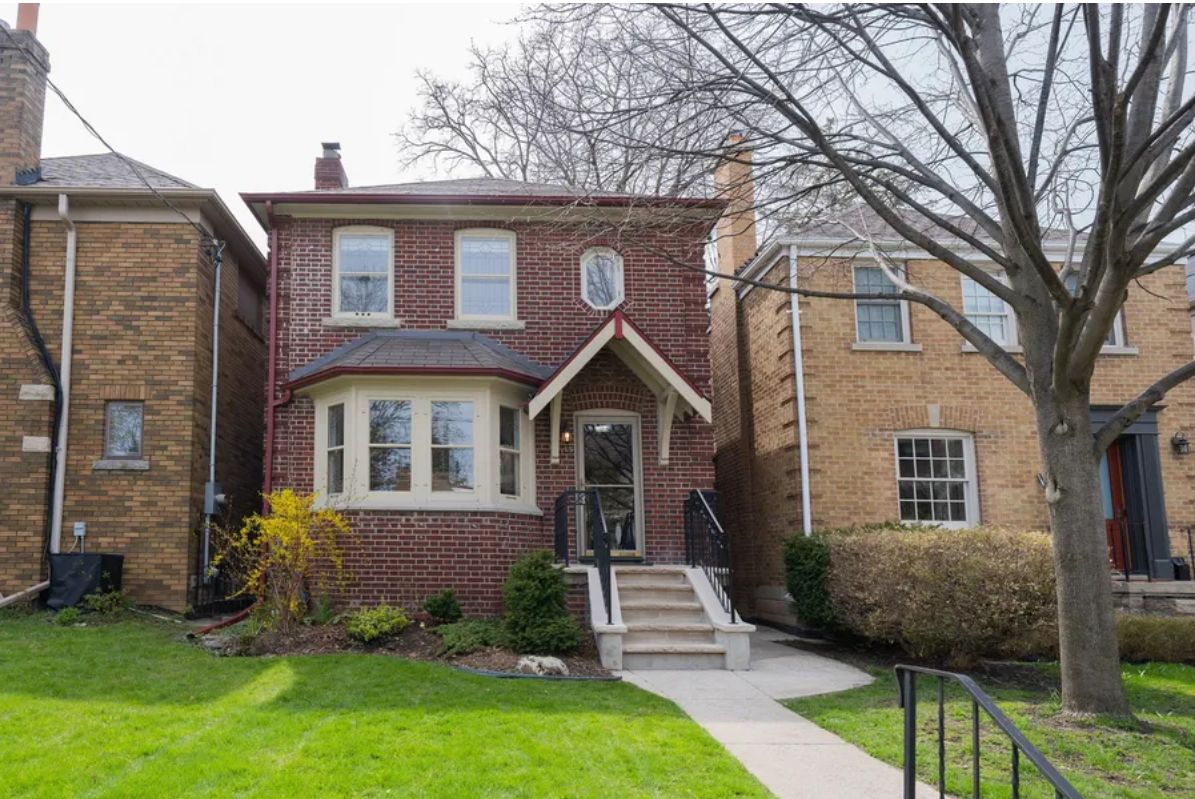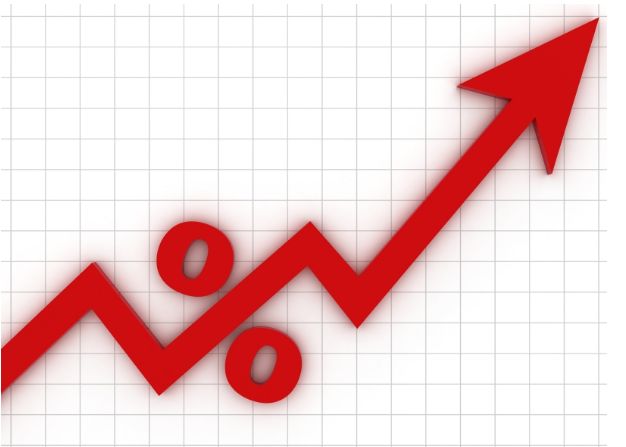When Jim Flaherty launched the Tax Free Savings Account in the 2008 budget he called it the most important personal finance vehicle since the RRSP. Tuesday it may get even better, if the broadly leaked hints ahead of the federal budget mean a doubling of the annual limit to $11,000.
Even if it doesn’t happen, the TFSA is now a big piece of our overall savings strategy. Canadians have nearly 11 million accounts with investments worth $118 billion inside, according to the Canada Revenue Agency. So if you haven’t got one, now may be the time to get going.
Here are answers to frequently asked questions about TFSAs:
1. Can I open one for my kids? No. The kids must be 18 to open the account, but you can give them the money to put in.
2. Can I have a joint account with my spouse? Also, no. The account must be in one person’s name so the CRA can keep an eye on contributions.
3. What’s the average contribution? It was $4,000 a year in 2014, according to research for Bank of Montreal by Pollara Strategic Insights. The total holding per account was $17,490 at the same time.
4. Who uses TFSAs most? Those 75 and over have the most accounts, followed by those between 55-to-59, according to the CRA.
5. What’s the limit? It is $5,500 for 2015, but that could rise to $11,000 if the Conservatives fulfill their promise. This year’s cumulative contribution room is $36,500.
6. How often does the limit rise? Increases arelinked to inflation and rise in $500 increments, whenever inflation erodes the value by $250. For example, at a 2 per cent rate of inflation, $5,500 is worth $110 less at the end of the year. After three years this would trigger an increase. The last increase was in 2013.
7. What about unused room? Like an RRSP, what you don’t use now adds up and can be used later. According to the CRA, 88 per cent of available TFSA room is unused.
8. What can you put inside a TFSA? Cash. GICs, mutual funds, ETFs. You can also transfer shares or mutual finds from another account, which is called a contribution in kind. For example, if you own 100 shares of a company worth $10 each, you can transfer the shares worth $1,000, into your TFSA without selling them. The value of the shares is set on the day of the transfer.
9. How are TFSAs different from RRSPs? You make TFSA contributions with money on which you’ve already paid tax. What’s inside grows tax-free. RRSP contributions give you a tax break when you put the money in, but you pay the tax when you take the money out in retirement.
10. Are contributions tax deductible? No. Nor can you deduct interest on money borrowed to make a contribution.
Read the full post in Toronto Star








